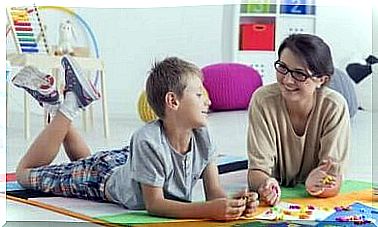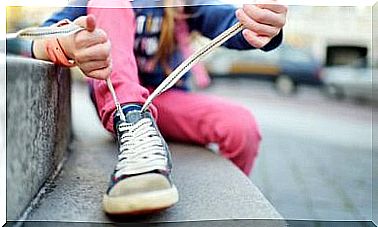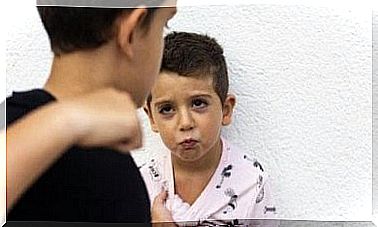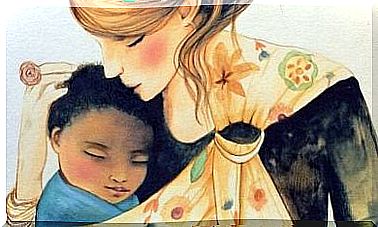Teaching A Child To Use Scissors
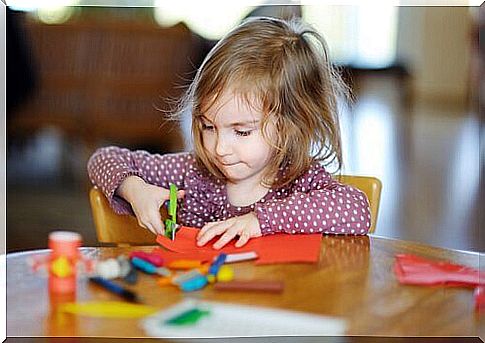
Teaching a child to use scissors can be easy by following the tips in this article. If the child does not learn right away, stay patient and help him. This will prevent him from getting discouraged.
Teaching a child to cut with scissors can be an exciting process that promotes the development of a child’s fine motor skills. The main goal is for the child to develop movements that allow him or her to use his or her fingers, hands, and eyes in a coordinated manner.
Cutting with scissors can strengthen a child’s arm muscles and stimulate the skills needed to handle other tools in the future. By learning to use scissors, the child prepares to use other tools as well, such as pencils, buttons or knives.
Cutting practice also promotes hand and eye coordination. With vision, the child recognizes the shape and vision guides the hands to make the necessary movements.
Cutting with scissors also requires asymmetrical and synchronized coordination with both hands. The child uses one hand to move the scissors and the other hand to hold the material to be cut.
It is the parent’s job to stay patient and help the child learn. Your child needs time to learn how to use scissors correctly.
Teaching a child to cut with scissors
Here are four tips to help you teach cutting with scissors quickly and easily.
1. Selection of suitable scissors
It is important that your child uses scissors that fit his or her little hands. You should choose simple scissors with only plastic plates that can only cut paper.
The scissors should also have round tips to ensure the safety of the child.
If the child’s hands are not large enough to open and close the scissors, it means that the child is still too small to learn to cut with scissors.
If your child is left-handed, you may want to get left-handed scissors as it will make the learning process a little simpler for your child.
Keep all this in mind when looking for scissors suitable for your child.

2. Learning to open and close scissors
The first thing your child needs to learn about using scissors is how to handle the scissors to make them open and close using just one hand.
At first, this movement feels complicated for the child. The child may begin to learn to use scissors with both hands.
You can try a few exercises to get your child used to their first scissors by making opening and closing movements.
A good start would be to practice with just your hands, after which your child can try the same with scissors.
3. Improving accuracy
Once your child is confident enough to work with scissors and masters the basic movements of the scissors, you can begin to develop your child’s accuracy with simple tasks.
A good example of a simple task is to put paper in the middle of the sticker and ask the child to slide the scissors towards it.
You can also draw a line on the paper and ask your child to cut along the line.
You can increase the length of the line and the difficulty of the task a little quietly according to your child’s scissors handling skills.
At the beginning, try to use simple precision exercises to motivate your child in this learning process.
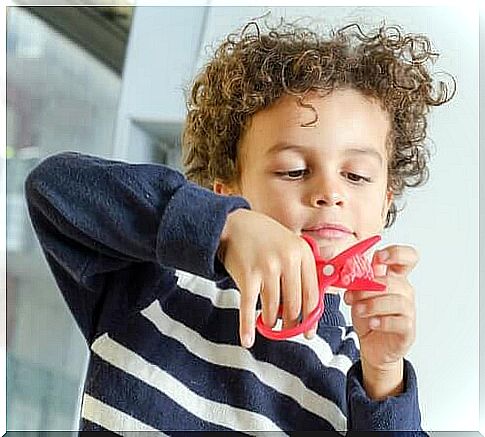
4. Management development
When a child knows how to cut straight lines and is able to control scissors, it means that the child is ready to cut several shapes. The child can start drawing squares, rectangles, and circles on paper.
Initially, the child may have great difficulty cutting circles as he or she may have trouble changing direction.
If cutting triangles is causing the child difficulty, you can show him how to stop at an angle and turn the blade in the other direction so the child can continue cutting.
Then, as the child learns to master the scissors, it is easy for him to move along the contours of the shapes as well as around the silhouettes of his favorite characters.
Finally, when you teach your child to cut with scissors, it is important that you give him or her the opportunity to try independently.
Even if a child sometimes gets a small wound, it is best to let the child develop their skills through their own experience.
